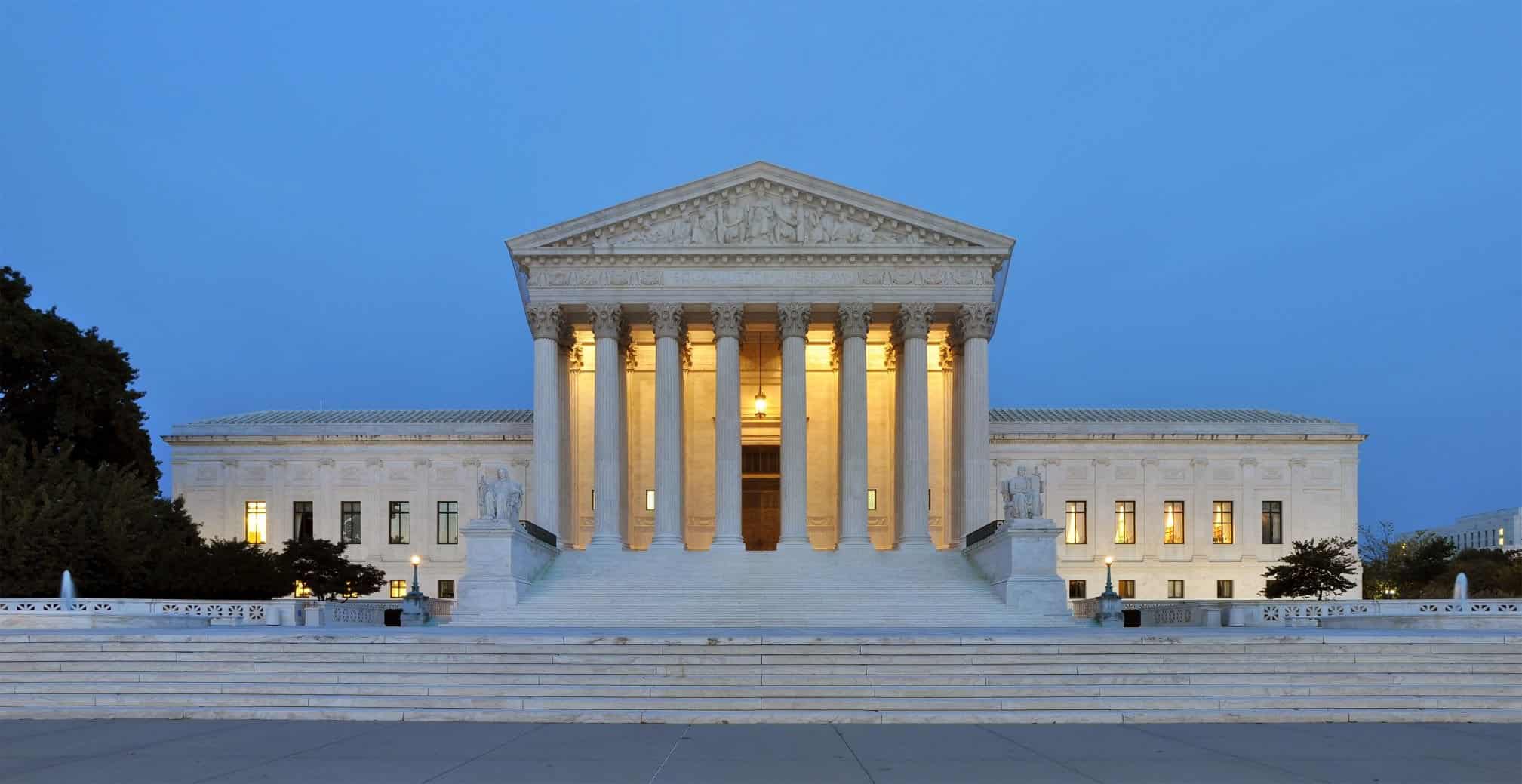Beyond Roe v. Wade: A new era of abortion policy and its socio-legal implications
The national abortion rate rose slightly after Dobbs but plummeted in states with abortion restrictions.
Last fall, The New York Times’ Michael Barbaro, host of The Daily podcast, declared the overturn of Roe v. Wade had “backfired.”
Barbaro and Times reporter Margot Sanger-Katz said abortion numbers had risen nationwide since the Supreme Court’s 2022 Dobbs v. Jackson Women’s HealthOrganization decision, which turned over abortion policy to individual states.
Though abortion rates had plummeted after Dobbs in states with restrictions, Sanger-Katz said, “When you consider that there are all of these states that banned abortion totally, where abortions went to zero, what it’s really telling us is that the states where abortion stayed legal increased by so much that they were able to sort of counterweight that reduction.”
But pro-life activists are celebrating rising birthrates in 2023 and challenging the narrative that abortion restrictions don’t work, or worse—that they actually increase abortions.
The question of the effectiveness of abortion legislation is especially relevant as more states consider whether to restrict, ban, allow, or even promote abortion within their own borders.
Since Dobbs, voters in Vermont, California, Michigan, and Ohio have enshrined a right to abortion in their state constitutions. In Kentucky, voters rejected a constitutional ban on abortion. This year, at least 13 other states will consider new abortion policies ranging from adding abortion rights in their state constitution to banning the practice altogether.
Last October, the Guttmacher Institute, once the research arm of Planned Parenthood, estimated more than a million abortions would be committed in America in 2023. That would be roughly a 10 percent increase over …Continue reading…




